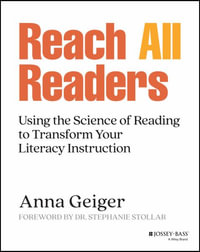
Sisterhood of Sculptors:
American Artists in Nineteenth-Century Rome
By: Melissa Dabakis
Paperback | 15 May 2015
At a Glance
Paperback
$80.95
or
Aims to ship in 10 to 15 business days
ISBN: 9780271062204
ISBN-10: 0271062207
Published: 15th May 2015
Format: Paperback
Language: English
Number of Pages: 304
Audience: Professional and Scholarly
Publisher: PENN STATE UNIVERSITY PRESS
Country of Publication: US
Dimensions (cm): 25.4 x 22.9 x 2.1
Weight (kg): 1.32
Shipping
| Standard Shipping | Express Shipping | |
|---|---|---|
| Metro postcodes: | $9.99 | $14.95 |
| Regional postcodes: | $9.99 | $14.95 |
| Rural postcodes: | $9.99 | $14.95 |
How to return your order
At Booktopia, we offer hassle-free returns in accordance with our returns policy. If you wish to return an item, please get in touch with Booktopia Customer Care.
Additional postage charges may be applicable.
Defective items
If there is a problem with any of the items received for your order then the Booktopia Customer Care team is ready to assist you.
For more info please visit our Help Centre.
You Can Find This Book In
This product is categorised by
- Non-FictionArts & EntertainmentHistory of Art & Design StylesArt from 1900 to Current
- Non-FictionArts & EntertainmentArt FormsNon-Graphic Art FormsSculpture
- Non-FictionHistoryEarliest Times to Present DayModern History from 1700 to 1900
- Non-FictionArts & EntertainmentHistory of Art & Design StylesArt from 1800 to 1900Pre-Raphaelite Art
- Non-FictionLanguage & LinguisticsLinguistics























